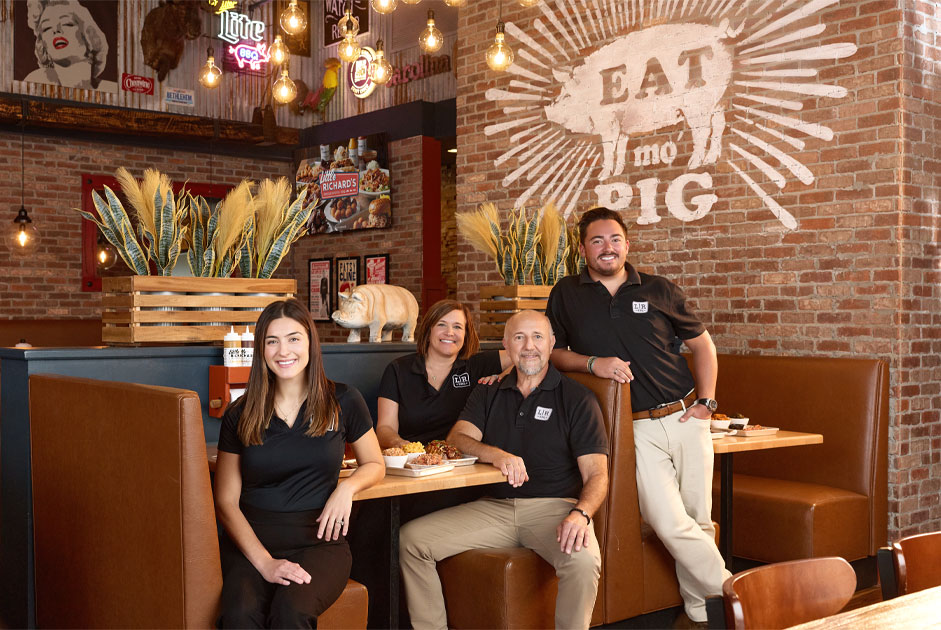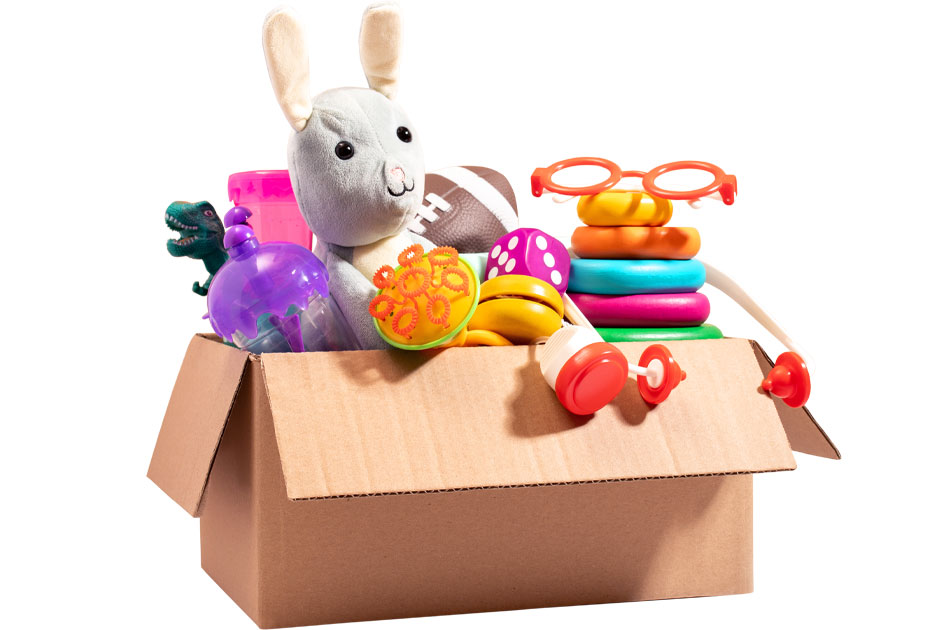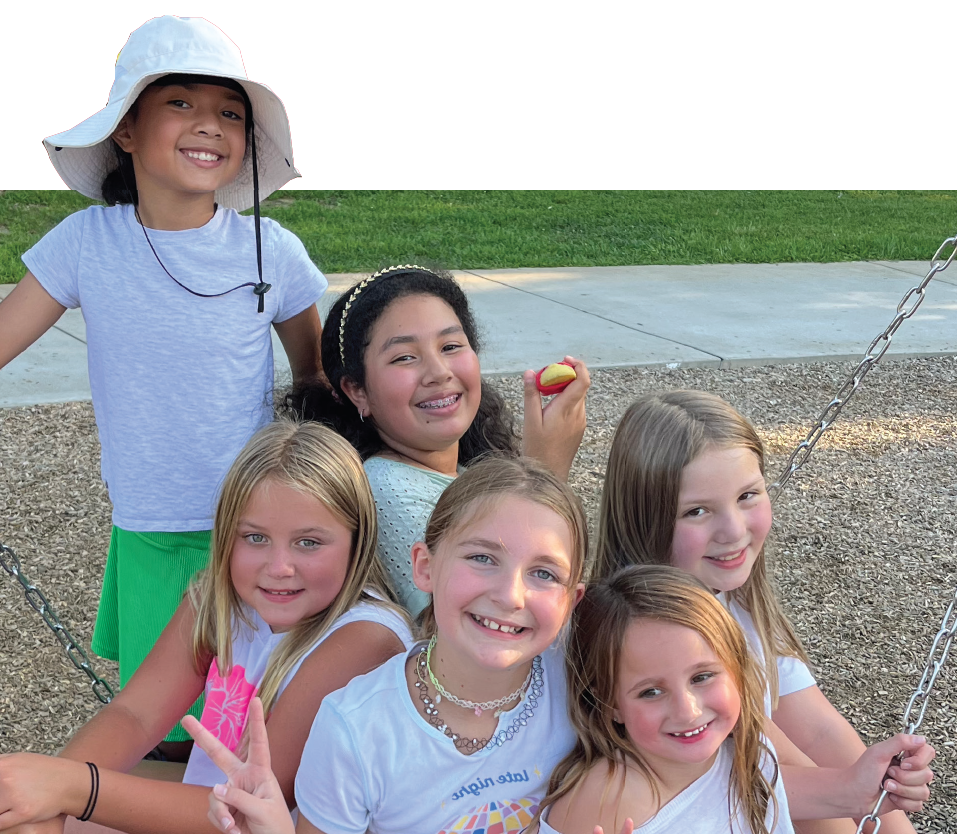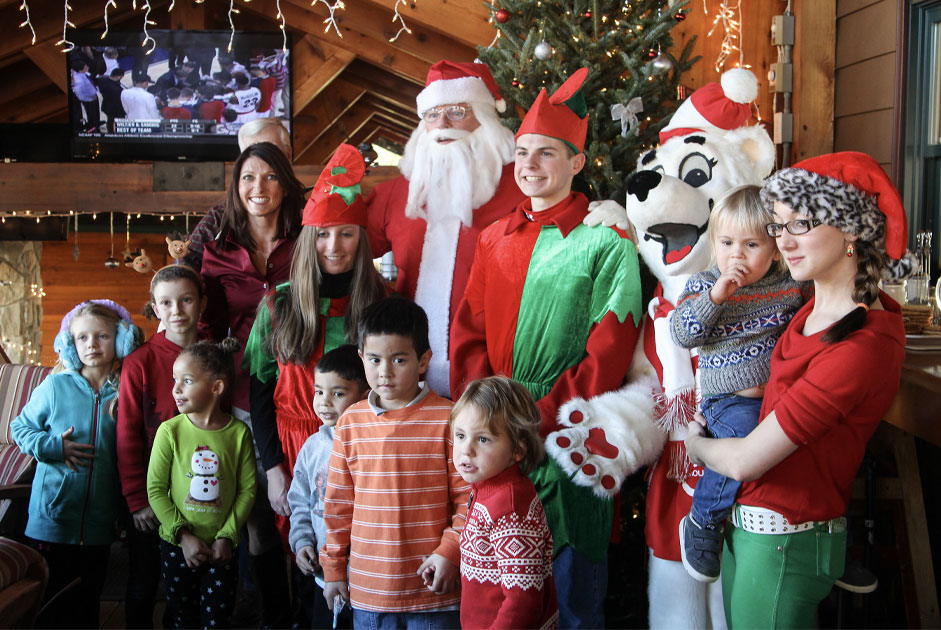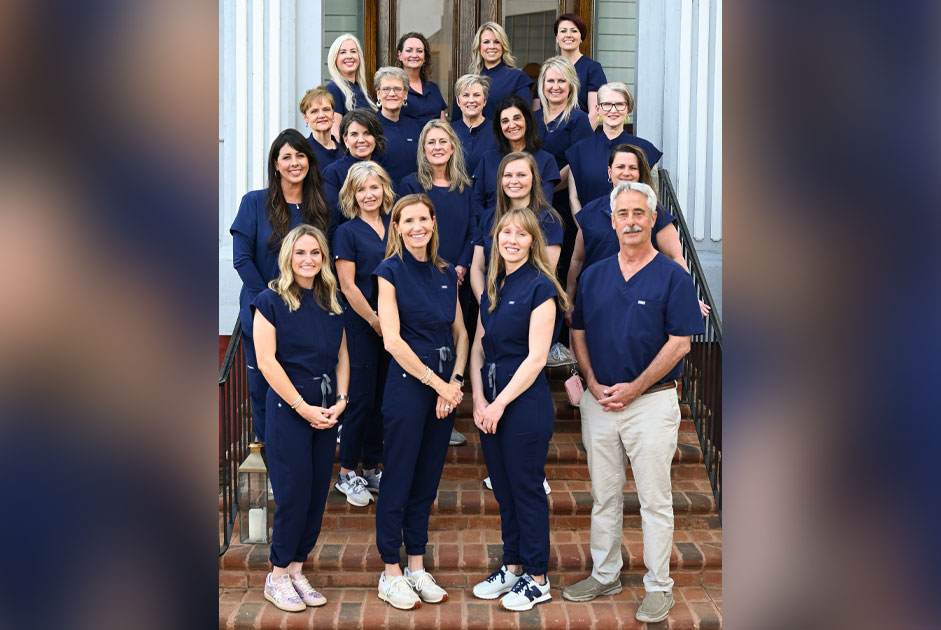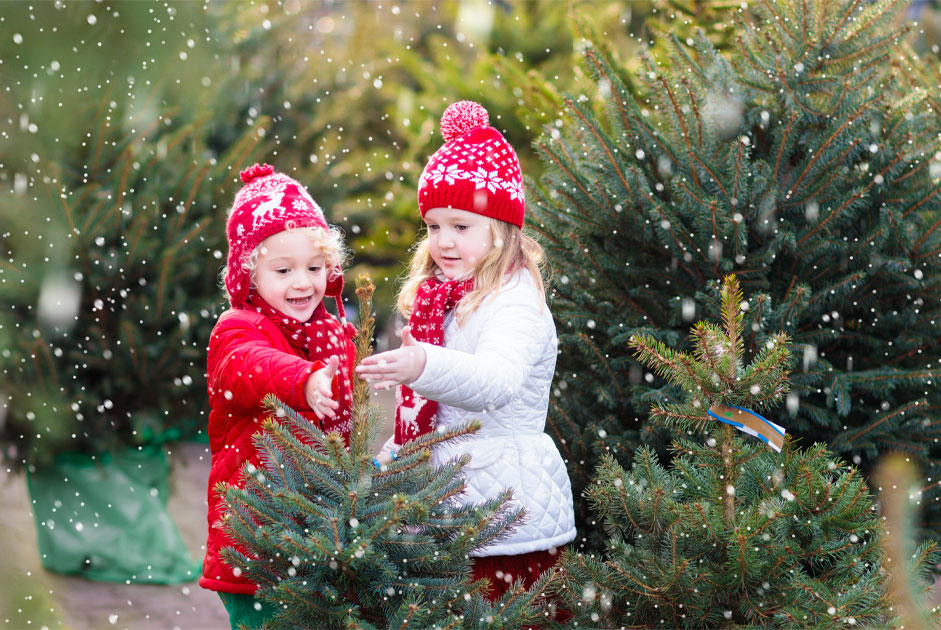Each month this series will provide important facts and tips surrounding child safety in an effort to support parents and caregivers as they navigate risks and create the safest environment possible for the children in their lives.
One of the most universally common childhood experiences is playing on the playground! Getting your energy out as a kid and using your imagination to run, jump, swing, and play with other kids was such a simple, but special, time to make memories. As you take your own children to have fun on the playground, here are some important safety tips to help reduce injuries and keep having fun!
Playground Equipment
Age-Appropriate Play
Little kids and big kids may both love the playground, but tend to play very differently and need different areas to have fun safely. Check to see if the playground you’re on has specific play areas designated for children by age. If your location doesn’t have these categorized areas, simply take inventory of the playground equipment, and understanding the abilities of your children, let them know which areas are going to be off-limits for the day.
Safe Surfaces and Surroundings
Check playground equipment for any hazardous conditions such as broken pieces, rusted metal or the possibility of insect infestation and any other threats. Should you see anything that’s cause for concern, you should contact the local parks and recreation department or other known management. Use good judgment to assess if any playground equipment is too hot on summer days by testing items like metal slides or monkey bars to avoid contact burns on children.
Planning Ahead
Weather Awareness
No matter what season, heading to the playground should involve a quick weather check! Be aware of sun exposure even on cloudy days by applying sunscreen with a good level of SPF to children and bringing it with you for reapplication. Hydrate often, bringing water bottles, so kids don’t get overheated while playing. On cold days check how low temperatures outside are to see if there is risk for hypothermia or frostbite (especially in smaller children and babies). If the playground is covered with snow or ice, make sure to point out any areas where falls or accidents may occur and make them off limits for kids.
Dresscode
What you wear will often have a direct impact on how much fun you have at the park. Ensure children are wearing appropriate layers of clothing, depending on the weather, so they don’t get overheated or too cold. Your little climbers and jumpers will need well-fitting, closed-toed shoes to keep their feet safe, too. If the weather has been wet and rainy or cold and snowy, wearing rain boots may help avoid slipping and keep feet dry and warm.
Setting Boundaries
Smart Play Rules
Take time before getting to the playground to address safe play rules and boundaries with your kids. Remind them to avoid certain areas, animals, and roughhousing. Of course, adult supervision is always key to safe play on playground equipment, so stay close by. During Daylight Savings Time, make sure older kids understand when it will be getting dark, so they know to come home with enough time in the daylight, especially when walking or biking home by themselves from the playground.
Stranger Danger
Have age-appropriate conversations about strangers and safety with your children and any children that you’re bringing with you to the park. Reviewing things like which grown-ups are coming and who they will be leaving with, when to be concerned, what to do if someone approaches them, whom to contact if they are nervous or feel threatened can all save a child from a bad situation.
Staying Healthy
The playground is where kids love to go, and germs love to live! If your child is feeling under the weather, consider keeping them home in case they are contagious. When playing, make sure kids and caregivers wash their hands frequently with hand sanitizer or soap and water when available. It’s also smart to remind kids not to put their hands into their mouth and not to touch their face when possible.
Taking Action If Injury or Accidents Occur
Always have a first-aid kit easily nearby, as well as any important documents, such as lists of medications your child is currently taking, and phone numbers for contact information for pediatricians and emergency contacts. If you are unsure about the severity or care of an injury, but have concern, don’t wait to head to your nearest emergency room or call 911.
Helpful Resources to Learn More
- Safe Kids Worldwide- {ONLINE ARTICLE HYPERLINK: https://www.safekids.org/tip/playground-safety-tips}
- National Program for Playground Safety (NPPS) {ONLINE ARTICLE HYPERLINK: https://playgroundsafety.org/ }




